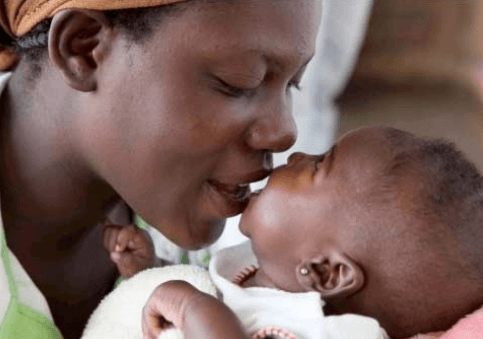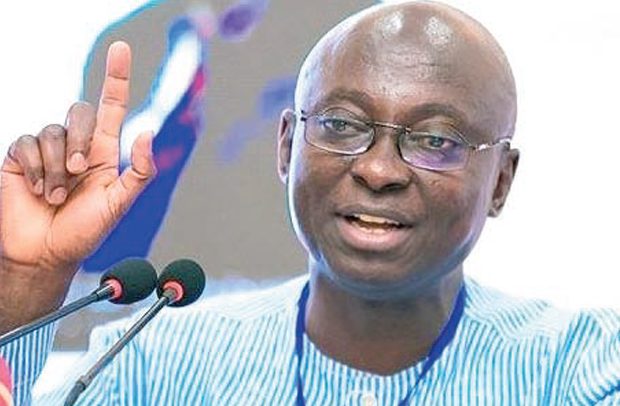
Somewhere in the 1930s, Ghana registered its name in the world of modern medicine through the landmark discovery of a severe form of malnutrition that plagued children across the world, especially in third world countries.
Dr Cecily Williams, a Jamaican paediatrician who was then working with the Princess Marie Louise Hospital in Accra-the only children’s hospital in the country, is credited with identifying and naming the disease ‘kwashiorkor’.
Etymologically, the term kwashiorkor was derived from two distinct words in the Ga language, “kwashi” which translates either as “displaced” or “the sickness a baby gets when a new baby (sibling) comes,” and “orkor” which means “red boy.”
As a result the term kwashiorkor was coined and used to reference a condition of malnutrition and edema (swelling) which was mostly seen in young children in Ghana and other parts of the world especially third world countries, when they get weaned off breast milk and placed on diets that lacked essential nutrients.
For most Ghanaians, this marked a major breakthrough not only in the field of medicine, but also in the scientific community, however, more than 90 years after this discovery, the country is still confronted with the unsettling truth of having to deal with malnutrition.
According to the Ghana Health Service, two-thirds of Ghanaian children are malnourished. Not only is this an alarming statistic that casts a shadow over our national development, but also presents a major developmental challenge for the country.
As highlighted by the Director-General of the Ghana Health Service, Professor Samuel Kaba Akoriyea, the crisis is not just about underweight children, but also about stunted growth, hidden hunger from micronutrient deficiencies, and the rising tide of childhood obesity.
This challenge is worsened by misconceptions and cultural biases which tend to view overweight/ obese children as living a good life.
The 2022 Ghana Demographic and Health Survey (GDHS) reports that 18.2 per cent of children under five are stunted, 12.6 per cent underweight, and six per cent wasted, all figures that exceed global thresholds set by the World Health Organisation.
These are not just statistics, they represent lives on the margins, futures compromised, and a nation hindered.
The consequences of kwashiokor are dire, as it robs children of their potential by impairing brain development, weakening immunity, and reducing school performance.
For Ghana, it translates into a loss of productivity, increased healthcare costs, and a cycle of poverty that keeps transcending generations.
We at The Ghanaian Times join the chorus of concern and call for immediate and decisive action.
Nutrition must not be treated solely as a health issue but as a national priority, intertwined with agriculture, education, sanitation, and social protection.
It is time to invest robustly in nutrition-sensitive policies, improve food systems, strengthen public education, and correct the dangerous myths about what child health looks like.
The Sustainable Development Goals (SDG), particularly SDG Two Zero Hunger, are within reach—but not without urgency, coordination, and accountability.
With just five years remaining to meet these global targets, we must act now, or risk yet another generation trapped in preventable suffering.
Ghana cannot afford to fail its children, not after 92 years of knowing better. Let this be the turning point. Let action replace apathy. The time is now!!
The post A century after kwashiorkor, Ghana must act now on child malnutrition appeared first on Ghanaian Times.
Read Full Story









Facebook
Twitter
Pinterest
Instagram
Google+
YouTube
LinkedIn
RSS